In the construction industry, stone and tile have the leading role in decoration. Different types of stone, like granite , marble, and quartzite, represent different color hues, texture finishes, and levels of hardness. Stone is one of the most widely used and common building materials since ancient times. Stone has unique properties unsurpassed by other building materials. The properties of the building block include very high durability and resistance, good polishability, high wear resistance, and impact resistance, cutting and polishing ability, washability, color stability, heat and moisture resistance, good tensile strength, and bending resistance. Water impermeability, resistance to changes in weather, hardness, and high compressive strength and stability to acidic and alkaline materials. Stones have many uses. But in a general classification, they are used in three parts of a building: the interior of the building, the exterior of the building, and they are also used as decorative stones. The efficient use of different building blocks and their combination with new home design styles has resulted in a very attractive output. It has increased the desire to know more and get detailed information about building block types than ever before. Building blocks are used in different parts of the building depending on the color, design, and type of processing. Today, all kinds of building blocks are designed and produced for interior decoration of floors, wall coverings, and decoration of various rooms, receptions, bathrooms, and bathrooms.
Quartzite texture
Quartzite is a very hard metamorphic rock, which is formed by the transformation of sandstone under a lot of pressure and heat in the soil. The visual texture of the stone also varies depending on the containing materials. Most quartzites are composed of a material called quartz. The stone comes in different shapes and consists of different sizes. The surface of this stone is rough and hard, and at the same time, it is crystalline. White quartz stone looks like marble, but it is more resistant than marble. Quartz stone is a natural stone and granite slabs , through high pressure and high temperature the particles are pressed together, and eventually stick together to become stronger, resulting in quartz stone.
Quartzite stone can be used for exterior and interior walls, as well as for repairing walls and floors. Compared to many other stones, quartzite is resistant to cold, heat, acids, and abrasion and will not fade over time. It is very resistant to weather changes, and due to its high hardness and sharp corners, this stone is used for outdoor floors and also for building facades and wall coverings. Quartzite is the result of improved sandstone crystal metamorphosis. When sandstone is converted to quartzite, the quartz grains in it are recrystallized together with the cementitious material already present in the sandstone, and new quartz crystals merge piece by piece. Due to metamorphosis, most or all of the previous texture of the sandstone and its sedimentary structure is completely removed and new structures take its place. During transformation and recrystallization, only small amounts of cement such as iron oxides, carbonates, and clays are transferred, leaving trace amounts of quartzite. Quartz stone is often confused with granite stone, which is much harder than granite and has a rough and crystalline appearance, the color of the stone is also mostly burnt brown, red, and gray.
List of hard quartzites
Quartzite is on the natural hard stone list. Quartzes and quartzites are often confused, but despite their similar names, the two are quite different. Quartz refers to a man-made material made for engineered boards by combining crushed stone with paint and resin. Quartzite is a naturally occurring metamorphic rock that was originally sandstone tiles and evolved over time under high temperature and pressure. It is broken and then cut into boards for applications such as countertops, floors, wall coverings, dressers, and steps. Quartzite is a naturally strong and very durable stone that is relatively heat resistant. One of the main advantages of quartzite is that many variants have a look similar to marble but require far less maintenance.  so it may be a good choice for consumers who prefer marble countertops but want something more robust. Quartzite is not imperishable and should be sealed to help protect the surface from corrosion and stains. Quartzite is a term that is sometimes used very loosely in the stone industry. It can be used to describe some stones that are more closely related to dolomite and marble. Be sure to check with your manufacturer if the stone you choose is “soft” or “hard” quartzite. Here are some of the popular quartzites and the categories that they fall into: Hard quartzite: Taj Mahal, Perla Venata, Sea Pearl, Azul Macaubas, and White Macaubas Soft quartzite: Greylag goose / Super white, Fantasy brown
so it may be a good choice for consumers who prefer marble countertops but want something more robust. Quartzite is not imperishable and should be sealed to help protect the surface from corrosion and stains. Quartzite is a term that is sometimes used very loosely in the stone industry. It can be used to describe some stones that are more closely related to dolomite and marble. Be sure to check with your manufacturer if the stone you choose is “soft” or “hard” quartzite. Here are some of the popular quartzites and the categories that they fall into: Hard quartzite: Taj Mahal, Perla Venata, Sea Pearl, Azul Macaubas, and White Macaubas Soft quartzite: Greylag goose / Super white, Fantasy brown 
Quartzite grain size
The properties of the parent rock determine the types of metamorphic rocks that can form under different metamorphic conditions. Some rocks, such as granite, do not change much at lower metamorphic qualities because their minerals remain stable down to hundreds of degrees. Quartzite stone is classified as one of the classic sedimentary rocks, which contains fine grains and can be seen by the naked eyes. The size of the grains is between 1.16 and 2 mm. Metamorphic rocks formed under low-pressure conditions or only under restrictive pressure conditions do not become lobed. In most cases, this is because they are not buried very deep, and the heat of the metamorphosis comes from magmatic bodies that have entered the upper crust. This is contact metamorphosis. Some examples of non-leafy metamorphic rocks are marble , quartzite, and hornstone. Quartzite is a metamorphic sandstone. Most sandstones contain some clay minerals and may also contain other minerals such as feldspar or rock fragments, so most quartzites contain some impurities. 
Quartzite uses
Quartz is one of the most used natural stones in the world. Its uses may be related to its physical and chemical properties. This marble stone has a Mohs hardness of 7, which makes it extremely durable and chemically inert in contact with most materials. It also has electrical properties and thermal resistance that make it valuable in electronics. Due to its luster, this stone is used as a gemstone and is also used to make various glasses. The first use of quartz-shaped quartz was to make sharp objects such as blades, scrapers, and spearheads. Geological processes sometimes deposit sand that is almost 100% quartz. These deposits were identified and produced as a source of high purity silica sand. These sands are used in the glass industry. Quartz sand is efficient for the production of glass containers, flat glass, special glass, and fiberglass. Glassmaking is one of the most important uses of quartz.  The high hardness of Mohs 7 quartz makes it harder than other available natural materials. In addition, it is an excellent abrasive. Finely ground quartz and silica sand are used for blasting, cleaning agents, grinding chambers, and sand for grinding and sawing. Quartz is very resistant to chemicals and heat. Therefore, it is often used as casting sand. It has a higher melting point than most metals and can be used in molds and cores for common casting tasks. Due to its high heat resistance, refractory bricks are usually made of quartz sand. Quartz sand is also used as a flux in metal smelting. Quartz sand has a high resistance to crushing. In the oil industry, a process called hydraulic fracturing forces mortar under extremely high pressure to flow down into oil and gas wells. This high pressure causes the rock in the reservoir to crack and mortar is sprayed into the cracks. Durable sand grains keep cracks open after the pressure is released. These open cracks facilitate the flow of natural gas into the borehole.
The high hardness of Mohs 7 quartz makes it harder than other available natural materials. In addition, it is an excellent abrasive. Finely ground quartz and silica sand are used for blasting, cleaning agents, grinding chambers, and sand for grinding and sawing. Quartz is very resistant to chemicals and heat. Therefore, it is often used as casting sand. It has a higher melting point than most metals and can be used in molds and cores for common casting tasks. Due to its high heat resistance, refractory bricks are usually made of quartz sand. Quartz sand is also used as a flux in metal smelting. Quartz sand has a high resistance to crushing. In the oil industry, a process called hydraulic fracturing forces mortar under extremely high pressure to flow down into oil and gas wells. This high pressure causes the rock in the reservoir to crack and mortar is sprayed into the cracks. Durable sand grains keep cracks open after the pressure is released. These open cracks facilitate the flow of natural gas into the borehole. 
Granite hardness
Choosing the right granite stone depends on many factors, including the strength of the stone. Each natural stone has a degree of strength, also known as Mohs hardness, which identifies the hardness and strength of any natural mineral. Among various natural stone products, the hardness of granite is better than the hardness of other materials. Granite hardness helps buyers make a balanced decision. When classifying natural stone (granite), before purchasing, stone buyers would like to focus on the relative hardness of granite to understand how hard the stone is compared to other natural stone products such as marble, sandstone, slate, tumbled limestone , etc. and quartzite. Mohs hardness tests developed by Friedrich can help you determine the strength and hardness of any material or mineral. The higher the rating (1-10), the harder the minerals become. On the other hand, the minerals become softer and softer and end up with the softest minerals. All in all, this class of minerals ranks between the softest and hardest levels. In terms of granite hardness, the Mohs scale is 6-7. If you suspect cracks and scratches on a natural stone product, then granite can give you an edge over other materials. Granite is hard, slightly stained, and not easily damaged, with a Mohs scale of seven. In short, talc is the softest material and diamond is the hardest. When black granite is measured on the Mohs scale, it drops between 6 and 7. On average, it is 6.5. If you use the Mohs scale to check the hardness of granite, you will find that it is harder than marble and softer than quartzite. 
Marble hardness
Marble is a stone made by recrystallizing carbonate minerals such as dolomite or calcite. This metamorphic rock is a combination of different rocks held together under intense temperature and pressure. It should be noted that the main component of marble is calcium carbonate containing acid oxides. The formation of marble takes hundreds of years. It is found in the oldest part of the earth’s crust. Marble has a unique and stylish appeal. That is why it is widely used in sculptures, monuments, and buildings. Interior designers consider it a style statement with a natural and artistic look. But as well as style and aesthetics, strength and durability are just as important. The scale used to measure the hardness of minerals is called the Mohs scale. Mohs hardness scale measures the hardness of the stone by rating it from 1 the softest to 10 the hardest material. Homeowners and construction service providers have benefited from this scale while promoting their infrastructure projects. Mineral hardness scales can be used in various aspects for residential design or commercial infrastructure purposes. Proportions indicate the suitability of a natural mineral or stone for various purposes. Mohs hardness test results are reliable and beneficial to the users. As we all know, marble is the most widely used natural stone , and its relative strength and durability are also measured using the Mohs scale. As a component of calcite, marble has a Mohs hardness of 3. Due to its relative strength, it is easy to carve, making it an excellent choice for ornaments and sculptures. Homeowners can also shape it into a custom vanity and fireplace. The low Mohs hardness makes it a useful material for this type of home remodeling project.




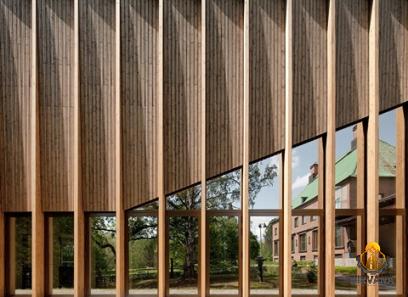
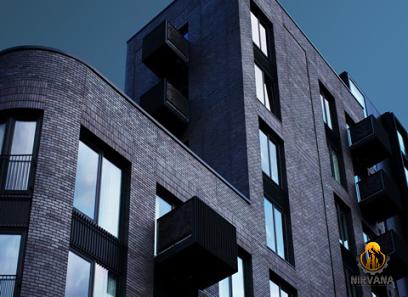
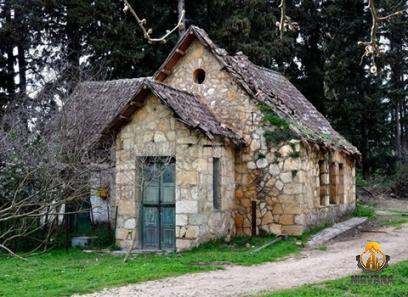
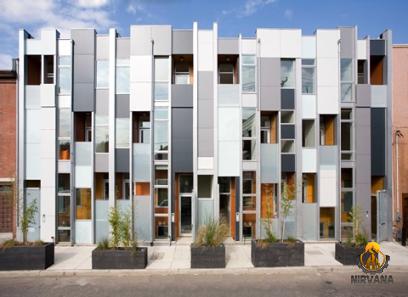
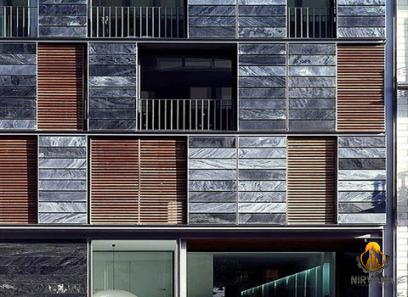
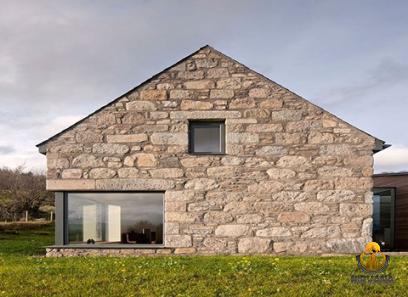
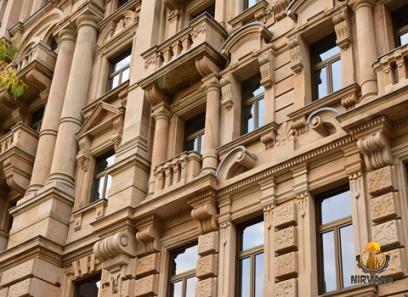
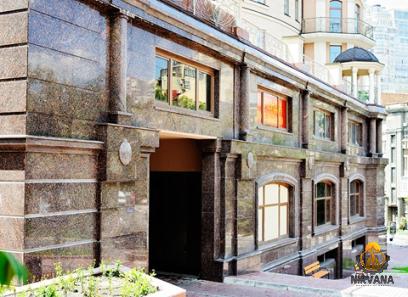
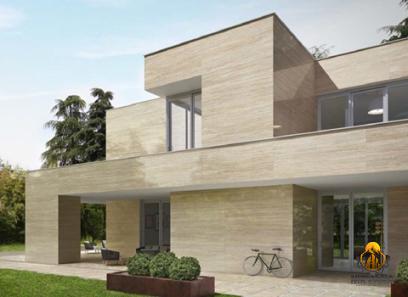
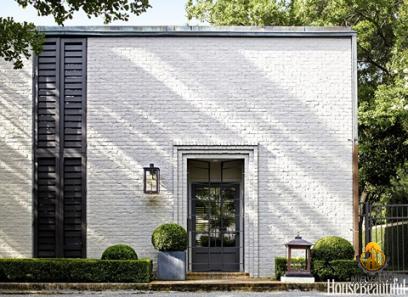
Your comment submitted.